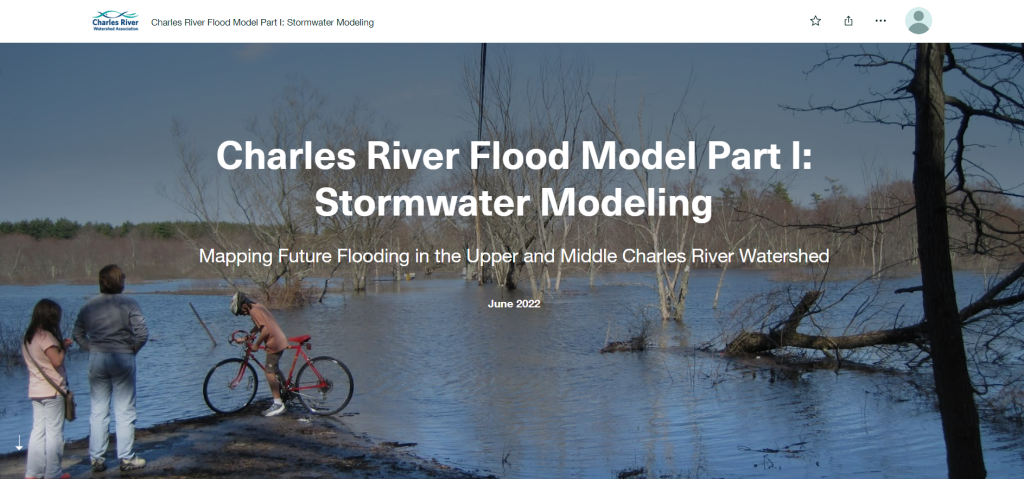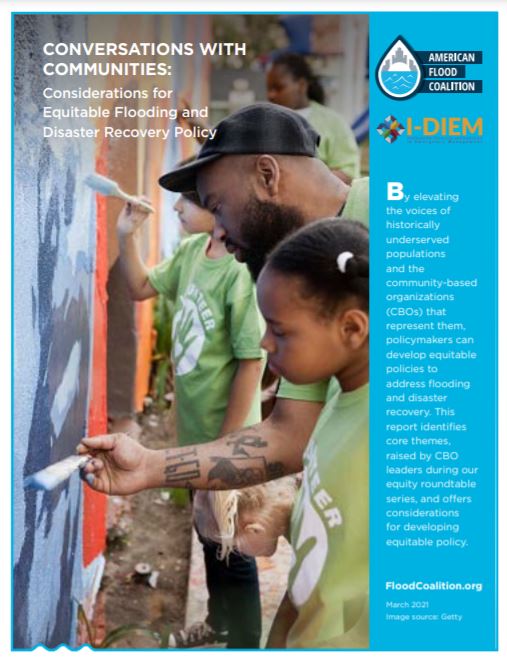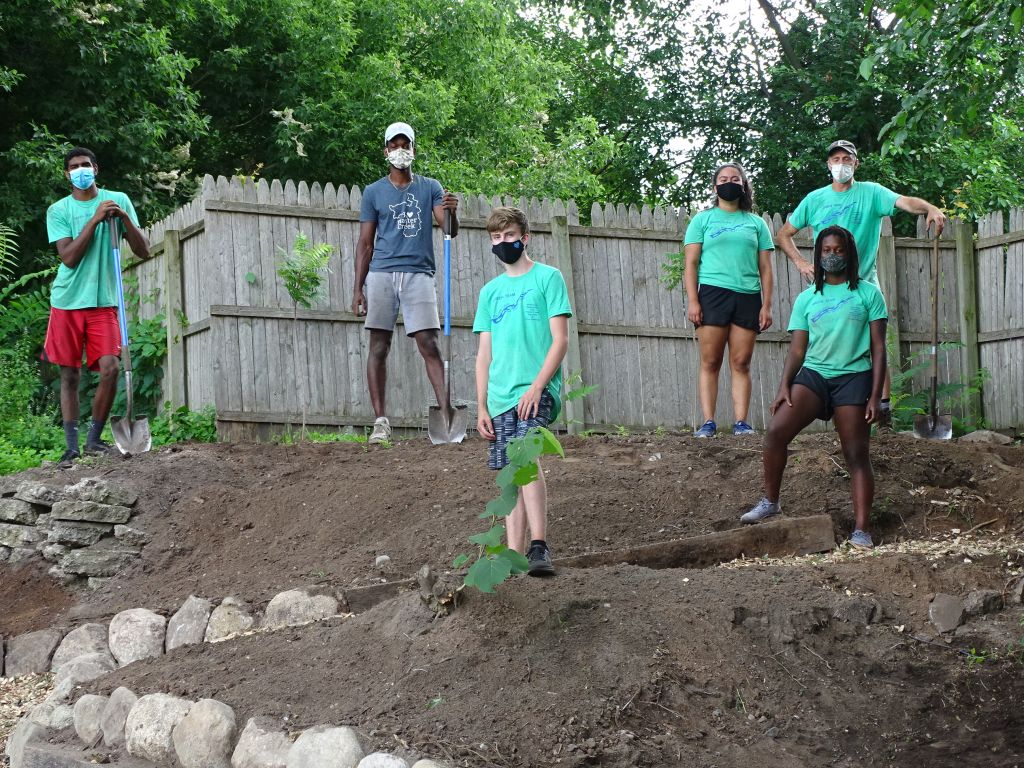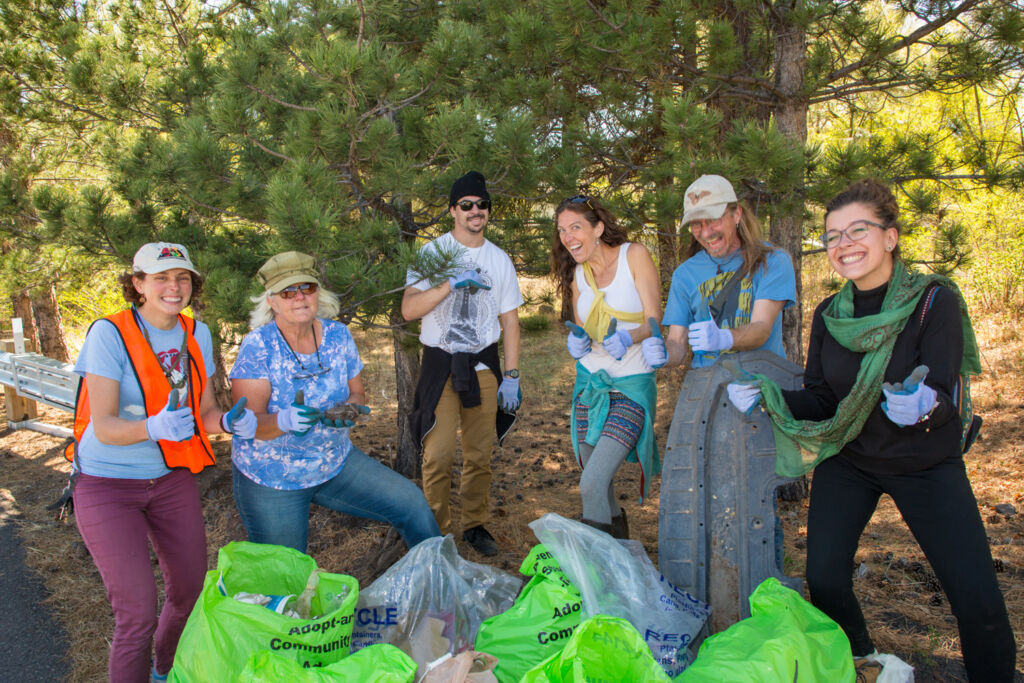flooding
May 16, 2023
With issues like vacant lots and urban flooding, the Patapsco Watershed/Baltimore Region Urban Waters Federal Partnership is working with a variety of stakeholders to create solutions through actionable science—or “science you can use”—in the Baltimore region watersheds. Significant strides in greening vacant lots have brought more opportunities and resources to the community; and by prioritizing cross-discipline and cross-jurisdictional partnerships, the Baltimore Actionable Science Flood Team is moving forward work on building community resilience to future flood impacts in the region.
November 8, 2022
The Charles River Flood Model was developed for the upper and middle Charles River watershed, an area of approximately 280 square miles. It includes most of the watershed outside the […]
August 25, 2022
Mālama Maunalua and partners are using a holistic approach to restore coastal water systems in Maunalua Bay based on the traditional Hawaiian practice of ahupua‘a. In order to accomplish restoration from the mountains to the reef, local groups work together while educating and engaging the community to improve the overall water quality and decrease flooding in the entire watershed.
May 11, 2022
Understanding Gentrification and Preventing Displacement New development projects in urban waters communities—like river restoration and the creation of greenspaces—are intended to create more sustainable and resilient communities; but the impacts […]
December 8, 2021
Using community-based research, West Street Recovery published the report Survivors as Experts: A Community Evaluation of Disaster Recovery in Northeast Houston to “identify and analyze the barriers to recovery from […]
June 30, 2021
The American Flood Coalition and the Institute for Diversity and Inclusion in Emergency Management convened a roundtable series with eight community based organization in 2020 to discuss the effects of […]
March 22, 2021
Snapshots from the Urban Waters Learning Network Building flood resilience—like water—can take many shapes. Members of the Urban Waters Learning Network (UWLN) are working on community solutions for urban flood resilience. […]
October 26, 2020
Friends of the Rio de Flag (FoRio) is a small nonprofit organization in Flagstaff, AZ working on education, restoration, and river planning within their watershed. With an EPA Environmental Justice Small Grant awarded in 2017, FoRio worked strategically to strengthen relationships in the community by centering environmental justice in their work. FoRio formed partnerships with the City of Flagstaff as well as with residents of the historically segregated Southside Neighborhood where stormwater flooding is a problem.
October 31, 2019
How to Prepare for Natural Disasters: A Pre-Disaster Toolkit for Small- to Medium-Size Communities Prepared by US EPA Urban Waters Federal Partnership, the toolkit was developed to help small- to medium-size […]
October 10, 2019
This webinar is part of a series hosted by the Urban Waters Learning Network. This year, we are focusing on providing support to urban waters practitioners to help them build […]










